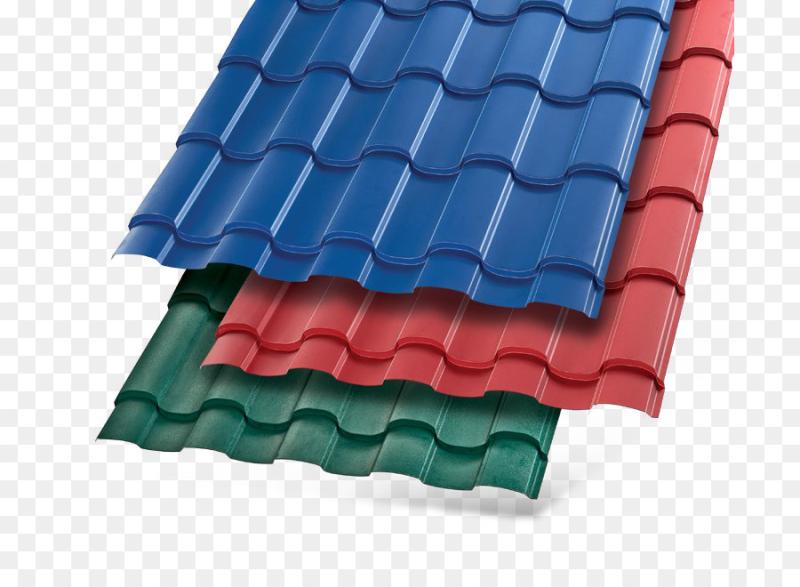Roofing Materials: Exploring the Versatility and Sustainability of Solar Roofing Panels for a Brighter Future
Choosing the Right Material
When it comes to selecting roofing materials for commercial buildings, choosing the right options is crucial for both aesthetics and practicality. Several factors must be considered, such as budget, weather conditions, maintenance requirements, and lifespan.
Asphalt Shingles
Asphalt shingles are one of the most affordable roofing material options. They are made from composite materials saturated in asphalt for waterproofing. Asphalt shingles come in a variety of colors and styles resembling wood shake or slate roofs. They are easy to install for roof replacement projects. However, asphalt shingles have a relatively short lifespan of 15-25 years and are more susceptible to damage from hail and high winds. Regular maintenance and repairs may be needed. Asphalt shingles work well for light commercial buildings in most climate zones.
Metal Roofing
Metal roofing like steel, copper, aluminum, and tin have high durability and lifespan. Steel panels last 50+ years with little maintenance required. They provide excellent hail and wind resistance, making metal roofs a popular choice for coastal regions and severe weather areas. Metal roofs come in a wide array of styles and colors to complement any architectural design. However, the upfront costs of metal are significantly higher than asphalt or other materials. The weight of some metal options like copper can also impact roof structure design. Metal roofing performs very well for heavy commercial use.
Rolled Roofing & Modbit
Rolled roofing systems are made of asphalt and felt laminated onto heavy duty fabrics for application as large continuous sheets. They provide waterproofing at a low initial price point. Modbit is a modified bitumen rolled roofing reinforced with polyester mats for strength. Both rolled roofing and modbit need infrequent repairs over a 15-25 year lifespan. They are well-suited to industrial buildings and warehouses that experience mild weather conditions. The seams require sealing and maintenance over time.
EPDM Rubber Roofing
Ethylene propylene diene monomer (EPDM) rubber is a durable, seamless single-ply membrane ideal for flat or low-sloped commercial roofs. EPDM roofs are fully adhered or mechanically attached and carry warranties up to 50 years. They are highly resistant to UV rays, ozone, and extreme temperatures. An EPDM roof has lower lifecycle costs due to its longevity and minimal maintenance requirements. However, the installation process requires more time and expertise compared to other materials. EPDM is well-suited to healthcare facilities, schools, and venues with sloping roofs.
Green & Solar-Ready Roofing
Sustainable and eco-friendly alternatives like vegetated "green roofs" can help lower energy costs with natural insulation. Plants absorb rainfall and reduce stormwater runoff. Installing solar-ready materials during re-roofing prepares commercial buildings for future photovoltaic panels. Companies seek Leadership in Energy and Environmental Design (LEED) certification for such roof installations. Premium green and solar-ready materials may have higher costs but provide long-term energy savings and environmental benefits.
Choosing the Right Roof for the Job
Selecting the best commercial roofing material requires in-depth evaluation of budget, design needs, climate, maintenance requirements, and total cost of ownership over the lifespan. Asphalt and rolled options prove economical for light use, but more durable metal, EPDM, or premium materials suit higher traffic buildings seeking lowest long-run costs and performance. Consulting local experts helps identify the right roof for any commercial property.
In Summary, journey into the realm of roofing materials and unlock the potential for innovation and excellence in construction. Delve into the latest trends and advancements, from lightweight and durable synthetic options to cutting-edge solar technologies, and learn how these materials are reshaping the way we think about roofing design and performance.
